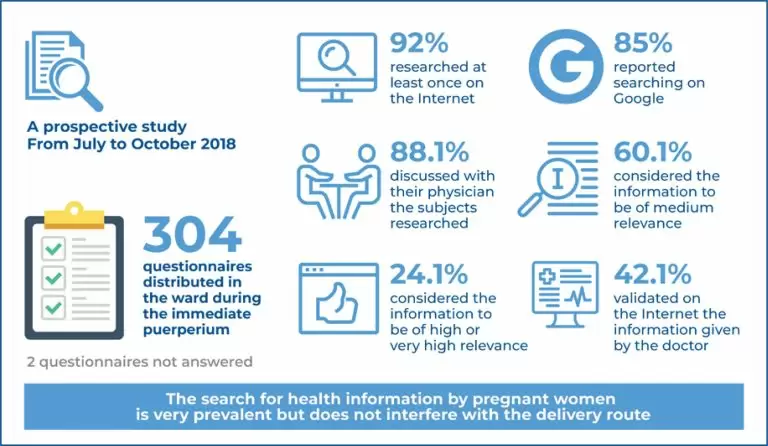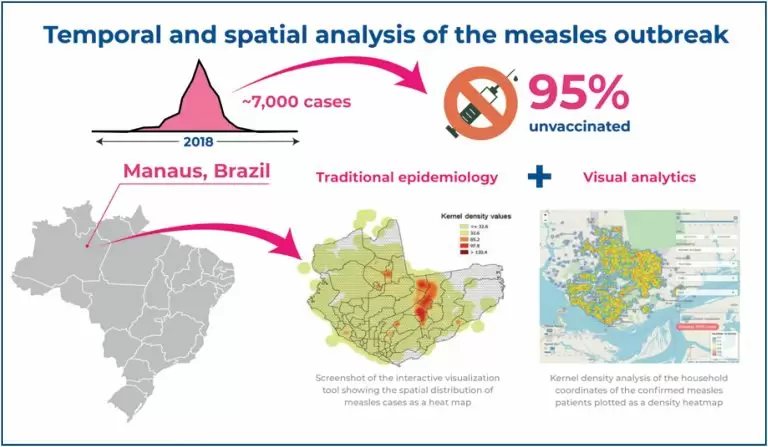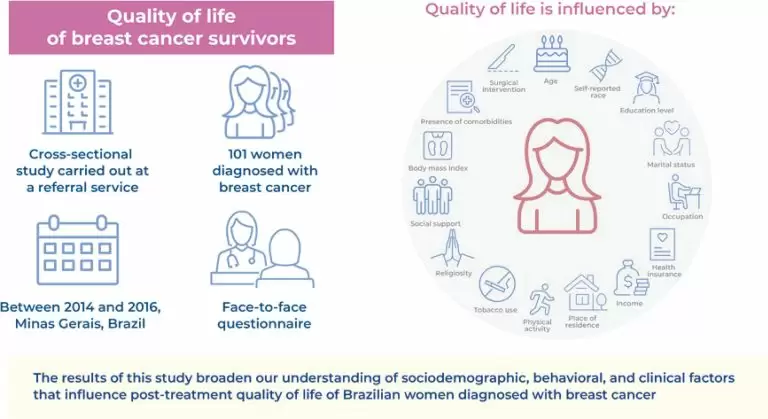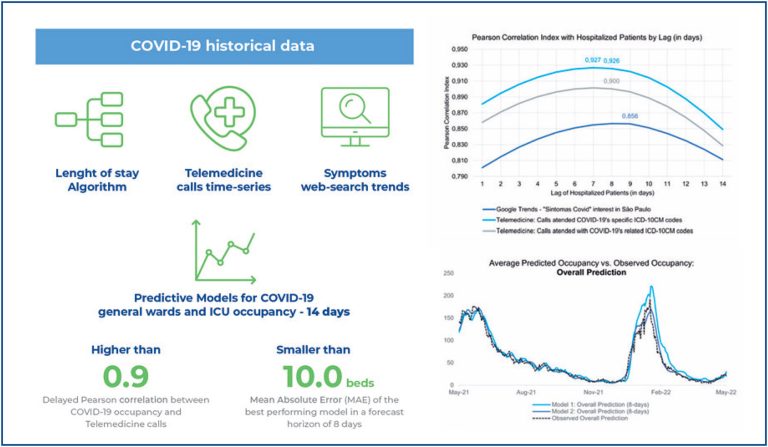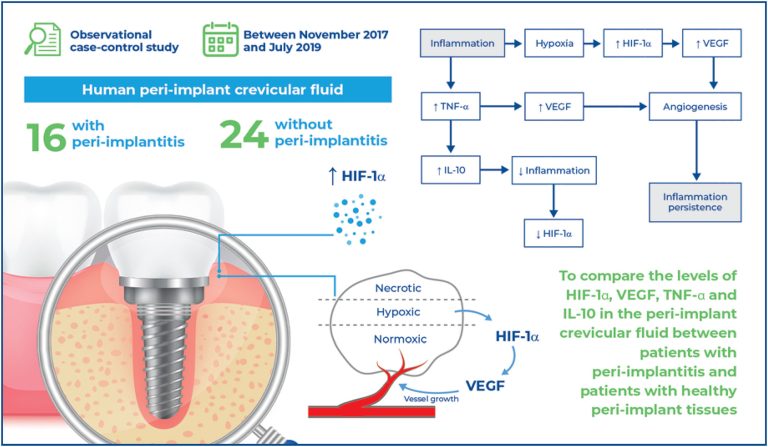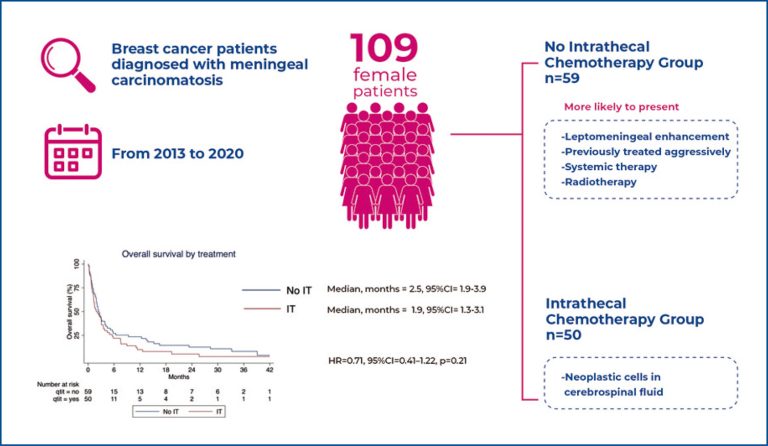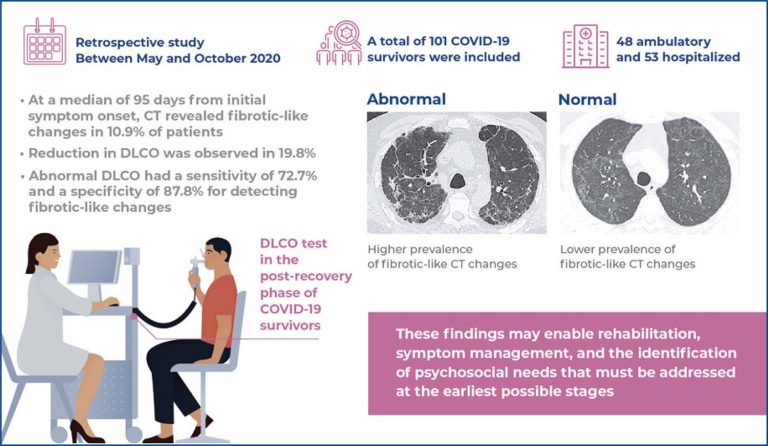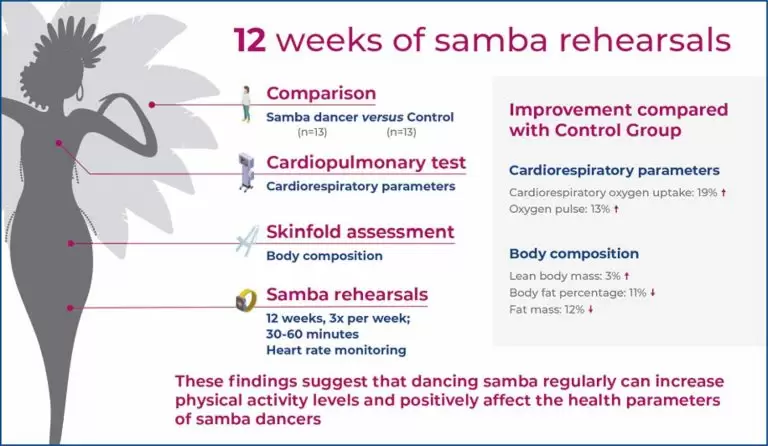22/Mar/2024
Internet use by pregnant women during prenatal care
DOI: 10.31744/einstein_journal/2024AO0447
Highlights High internet use: 92% of pregnant women used the internet to access health information during prenatal care. Top search topics: fetal development, nutrition, and childbirth were the primary topics of interest. Doctor-patient discussions: 88.1% discussed online findings with doctors, emphasizing patient engagement. No impact on delivery route: despite extensive internet use, no statistical impact on delivery route choice was observed. ABSTRACT Objective: The search for medical information on the internet is a part of people’s daily lives. Exponential volumes […]
Keywords: Consumer health information; Information seeking behavior; Internet search; Medical informatics; Pregnant Women; Prenatal care; Surveys and questionnaires
19/Mar/2024
Temporal and spatial analysis of over 7,000 measles cases outbreak from 2018 to 2019 in the Brazilian Amazon
DOI: 10.31744/einstein_journal/2024AO0931
Highlights Approximately 95% of the measles cases reported occurred in unvaccinated individuals. O ur findings revealed that socioeconomic factors influence the spread of the disease. Visual analytics enhanced epidemiological analysis. ABSTRACT Objective: This study aimed to present a temporal and spatial analysis of the 2018 measles outbreak in Brazil, particularly in the metropolitan city of Manaus in the Amazon region, and further introduce a new tool for spatial analysis. Methods: We analyzed the geographical data of the residences of over […]
Keywords: Age distribution; Disease outbreaks; Geographic information systems; Measles; Prevalence; Spatial Analysis; Vaccination
14/Mar/2024
Quality of life of women who underwent breast cancer treatment relative to sociodemographic, behavioral, and clinical factors
einstein (São Paulo). 14/Mar/2024;22:eAO0585.
View Article14/Mar/2024
Quality of life of women who underwent breast cancer treatment relative to sociodemographic, behavioral, and clinical factors
DOI: 10.31744/einstein_journal/2024AO0585
Highlights Sociodemographic, clinical, and lifestyle factors impact the quality of life of breast cancer survivors. Breast cancer therapy may affect future perspectives and emotional, cognitive, and sexual function. Some aspects of quality of life still require attention from health professionals. ABSTRACT Objective: Patients with cancer often undergo multiple extended treatments that decrease their quality of life. However, the quality of life of women with breast cancer after they undergo treatment remains underexplored in Brazil. Therefore, this study determined sociodemographic, behavioral, […]
Keywords: Activities of Daily Living; Breast neoplasms; Life style; Quality of life; Sociodemographic factors; Surveys and questionnaires
26/Feb/2024
Is it possible to estimate the number of patients with COVID-19 admitted to intensive care units and general wards using clinical and telemedicine data?
einstein (São Paulo). 26/Feb/2024;22:eAO0328.
View Article26/Feb/2024
Is it possible to estimate the number of patients with COVID-19 admitted to intensive care units and general wards using clinical and telemedicine data?
DOI: 10.31744/einstein_journal/2024AO0328
Highlights Developed models to forecast bed occupancy for up to 14 days and monitored errors for 365 days. Telemedicine calls from COVID-19 patients correlated withthe number of patients hospitalized in the next 8 days. ABSTRACT Objective: To develop and validate predictive models to estimate the number of COVID-19 patients hospitalized in the intensive care units and general wards of a private not-for-profit hospital in São Paulo, Brazil. Methods: Two main models were developed. The first model calculated hospital occupation as […]
Keywords: Big data; Coronavirus infections; COVID-19; Decision support systems, clinical; Forecasting; Pandemics; Resource allocation; Telemedicine
26/Feb/2024
New immunological aspects of peri-implantitis
DOI: 10.31744/einstein_journal/2024AO0396
Highlights Higher levels of HIF-1α in patients with peri-implantitis occurred possibly due to persistent hypoxia triggered by inflammation. Tissue hypoxia in peri-implantitis induced increase in HIF-1α consequently increased VEGF and angiogenesis, contributing to the persistence of inflammation. ABSTRACT Objective: This study aimed to compare the levels of HIF1-α, VEGF, TNF-α, and IL-10 in the periimplant crevicular fluid of patients with and without peri-implantitis. Methods: Forty patients, comprising 16 with and 24 without peri-implantitis were selected. Results: Patients with peri-implantitis exhibited […]
Keywords: Hypoxia-inducible factor 1; Interleukin-10; Peri-implantitis; Tumor necrosis factor-alpha; Vascular endothelial growth factors
22/Feb/2024
Health and lifestyle parameters in peripheral artery disease at two periods of the COVID-19 pandemic: comparison between men and women
einstein (São Paulo). 22/Feb/2024;22:eAO0345.
View Article22/Feb/2024
Health and lifestyle parameters in peripheral artery disease at two periods of the COVID-19 pandemic: comparison between men and women
DOI: 10.31744/einstein_journal/2024AO0345
Highlights Sitting time increased in 73.9% of women and 84.9% of men at the onset of the pandemic. Physical activity was practiced by 23.9% of women and 39.6% of men at the onset of the pandemic. The prevalence of both women and men reporting physical mobility difficulties increased at follow-up. Hospitalization rates for reasons unrelated to COVID-19 have increased in both women and men. ABSTRACT Objective: This study analyzed the impact of sex on self-reported health and lifestyle parameters in […]
Keywords: Coronavirus infections; COVID-19; Exercise; Intermittent claudication; Life style; Mental Health; Pandemics; Peripheral arterial disease; Sex characteristics; Social isolation
Febrile neutropenia incidence and the variable toxicity profile between brand and generic docetaxel in the adjuvant treatment of breast cancer with docetaxel and cyclophosphamide regimen
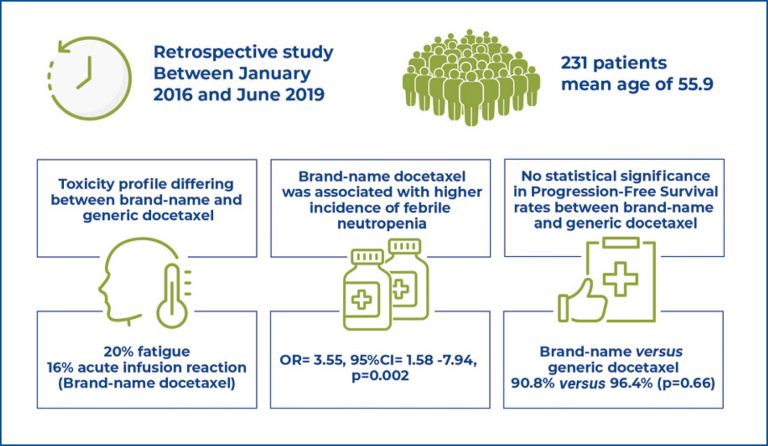
19/Dec/2023
Febrile neutropenia incidence and the variable toxicity profile between brand and generic docetaxel in the adjuvant treatment of breast cancer with docetaxel and cyclophosphamide regimen
einstein (São Paulo). 19/Dec/2023;21:eAO0486.
View Article19/Dec/2023
Febrile neutropenia incidence and the variable toxicity profile between brand and generic docetaxel in the adjuvant treatment of breast cancer with docetaxel and cyclophosphamide regimen
DOI: 10.31744/einstein_journal/2023AO0486
Highlights The overall incidence of febrile neutropenia in the study population was 13.4% (31 cases) Brand-name docetaxel (Taxotere®) use was the only factor associated with the occurrence of febrile neutropenia. No statistically significant differences in progression-free survival rates between brand-name and generic docetaxel. ABSTRACT Objective: To assess the incidence of febrile neutropenia without primary granulocyte colonystimulating factor prophylaxis in patients undergoing chemotherapy with adjuvant docetaxel and cyclophosphamide, and to evaluate the toxicity profile of brand-name docetaxel (Taxotere®) and the generic […]
Keywords: Breast neoplasms; Cyclophosphamide; Docetaxel; Drugs, generic; Febrile neutropenia; Granulocyte colony-stimulating factor
19/Dec/2023
Role of intrathecal chemotherapy in the management of meningeal carcinomatosis in patients with breast cancer
DOI: 10.31744/einstein_journal/2023AO0481
Highlights Intrathecal chemotherapy did not increase overall survival or time to neurologic deterioration. Compared with no treatment, systemic therapy with no intrathecal chemotherapy afforded better overall survival. Intrathecal chemotherapy should not postpone or preclude systemic treatment. ABSTRACT Objective: To evaluate whether intrathecal chemotherapy improves clinical outcomes in patients with meningeal carcinomatosis. Methods: This retrospective cohort study included consecutive patients with breast cancer diagnosed with meningeal carcinomatosis. Clinical and treatment data were collected from the patients’ medical charts. The primary outcome […]
Keywords: Breast neoplasm; Injections, spinal; Meningeal carcinomatosis; Metastases; Methotrexate; Neoplasm; Neurologic manifestations; Palliative care; Survival
15/Dec/2023
Correlation between chest computed tomography findings and pulmonary function test results in the post-recovery phase of COVID-19
einstein (São Paulo). 15/Dec/2023;21:eAO0288.
View Article15/Dec/2023
Correlation between chest computed tomography findings and pulmonary function test results in the post-recovery phase of COVID-19
DOI: 10.31744/einstein_journal/2023AO0288
Highlights Computed tomography revealed fibrotic-like lung changes in 10.9% of patients. Higher computed tomography scores were associated with a reduced DLCO (median computed tomography score, 6 versus 3; p=0.016). Fibrotic-like computed tomography changes were more prevalent in patients with DLCO impairment (p<0.001). Reduced DLCO had sensitivity and specificity of 73% and 88%, respectively, for predicting fibrotic-like computed tomography changes. ABSTRACT Objective: The radiological and functional lung sequelae in COVID-19 survivors remain unclear. We compared the chest computed tomography findings of […]
Keywords: Carbon monoxide; Coronavirus infections; COVID-19; Pulmonar fibrosis; Pulmonary diffusing capacity; Respiratory function tests; SARS-CoV-2; Tomography, x-ray computed
15/Dec/2023
Effect of 12-week rehearsal on cardiorespiratory fitness and body composition in Brazilian samba dancers
DOI: 10.31744/einstein_journal/2023AO0321
Highlights Samba rehearsals can increase cardiorespiratory function in dancers up to 19% of VO2max. Samba rehearsals can decrease up to 1.9kg of fat mass and increase 1.3kg of lean body mass. In a samba rehearsal session, dancers spend 50% of their time at an intensity above 83% of the maximum. ABSTRACT Objective: To investigate the effect of 12 weeks of rehearsals on cardiorespiratory parameters and body composition in Brazilian samba dancers belonging to a first-league samba school. Methods: Twenty-six women […]
Keywords: Adipose tissue; Body composition; Dancing; Exercise; Oxygen consumption


